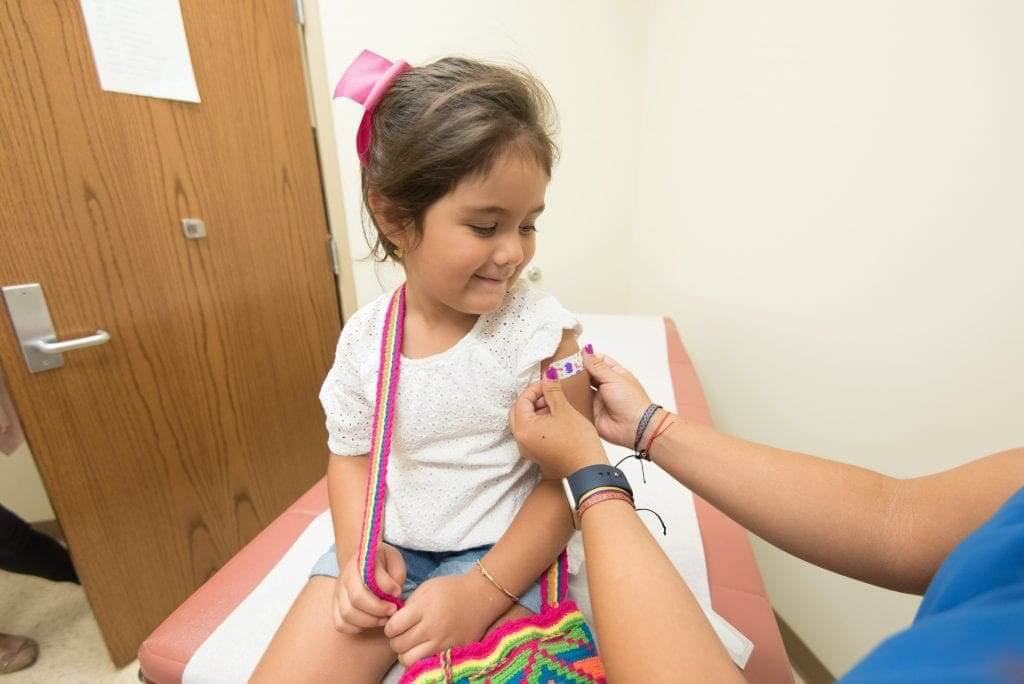
Vaccinating babies against group B meningococcus (Bexsero)- the experience of England
An important article published on January 2020 in the best clinical journal in the world (the NEJM) numbered PMID 31971676.
The introduction to the article describes the significant morbidity in different countries around the world from the various types of meningococcal bacteria. Of the various types, the B-type is the one mainly responsible for morbidity in children. Whereas up until a few years ago only vaccinations against the other non-B-type strains were available, such a vaccine, manufactured by GSK, was approved for the first time on January 2013. The vaccine is called Bexsero and it was approved, perhaps as a precedent, due to proven laboratory immune efficacy (not in “real world” studies), and following proof that it is safe for use.
Since England was an endemic country for type-B meningococcal infection, and based on a scientific assumption that the vaccine can reduce up to 73% of morbidity from this bacteria, in September 2015 England was the first country to introduce the vaccine into the routine vaccination program.
The English proposed to vaccinate using three doses – at the ages of 2 months, 4 months and 1 year.
After only 10 months, the number of cases in children in those ages was reduced by almost 83%. That data were described in a previous scientific work.
The objective of the current study was to describe long-term follow-up after 3 years of vaccination in England.
Methods – England maintains a public system carefully monitoring meningococcal infections, including identification of the bacteria type. At the same time, data were collected after a vaccination rate with the vaccine. Disease rates were compared to the 4 years before vaccination started in England.
Results – vaccination rates during the study period were high (92.5% received 2 doses by the age of 1 year and 87.9% have also completed the third dose by the second birthday), please note that this means 650 thousand babies a year. Median age for receipt of first dose was 61 days, for receipt of second dose 128 days and 387 days for the booster dose.
Disease rates were significantly reduced in all age groups vaccinated with at least two doses. On the other hand, disease rates were unchanged in the age groups not vaccinated with at least two doses (children up to the age of 4 months and children over the age of 3 years who were not vaccinated in the study period).
When adding all vaccinated age groups, the reduction in disease rates was 75%.
In terms of vaccine efficacy – receipt of one dose reduced morbidity rates by 24.1%, two doses 52.7% and three dose 59.1%. Protection was observed for a period of at least two years after the booster dose.
Moreover, it has been shown that morbidity rates were not reduced in the non-vaccinated population, meaning that there is no herd immunity in this case. Those who get vaccinated gain protection, and those who do not get vaccinated do not.
Discussion – This is an impressive article that shows that in England, which was an endemic country for infection with this bacteria, the vaccine significantly reduced morbidity rates. Reduction of morbidity rates cannot be explained otherwise.
We must also remember that within the B strains there are various subtypes and the authors of the article are trying to explain why, in their opinion, the vaccine’s efficacy is even greater. Meaning that if we were to check vaccine efficacy against the sub-strains covered by the vaccine, we would achieve greater efficacy. However, we, as parents of children, are less concerned with this calculated efficacy. Perhaps the company can also improve this vaccine and make it even more efficient. By the way, we should mention that vaccine adaptability to sub-strains every country in the world may be slightly different than of England.
Study limitations – despite not being mentioned in the article, it is appropriate to observe any scientific work critically. What is in this article?
• Absence of actual control group – this is not a double-blind controlled work where some received vaccine and others received placebo. However, we all understand that such work would not have been ethical in an endemic country such as England. As a control group in this study we can take a look at the age groups of the younger children (who did not manage to get vaccinated with two doses), or older children (who were not vaccinated due to their age), or historical numbers.
• Side effects that were not mentioned at all in this study – it is clear to me that this was not the study’s objective, but it is important to remember that the local side effects to this vaccine are a type of Achilles’ heel for the vaccine. The local side effects are troubling and you can read more about it here. For this reason, in some countries, as opposed to England, it was recommended to separate this vaccine from other routine vaccines as well as to give Paracetamol to children under the age of 1 year who receive the vaccine. On the other hand, the disease reduction rates data in England speaks for itself.
To conclude, preventative medicine in all its glory. A new vaccine and a kind of new era in certain countries. If you wish to learn more about the subject, please refer to the following link (coming soon).
For comments and questions, please register
